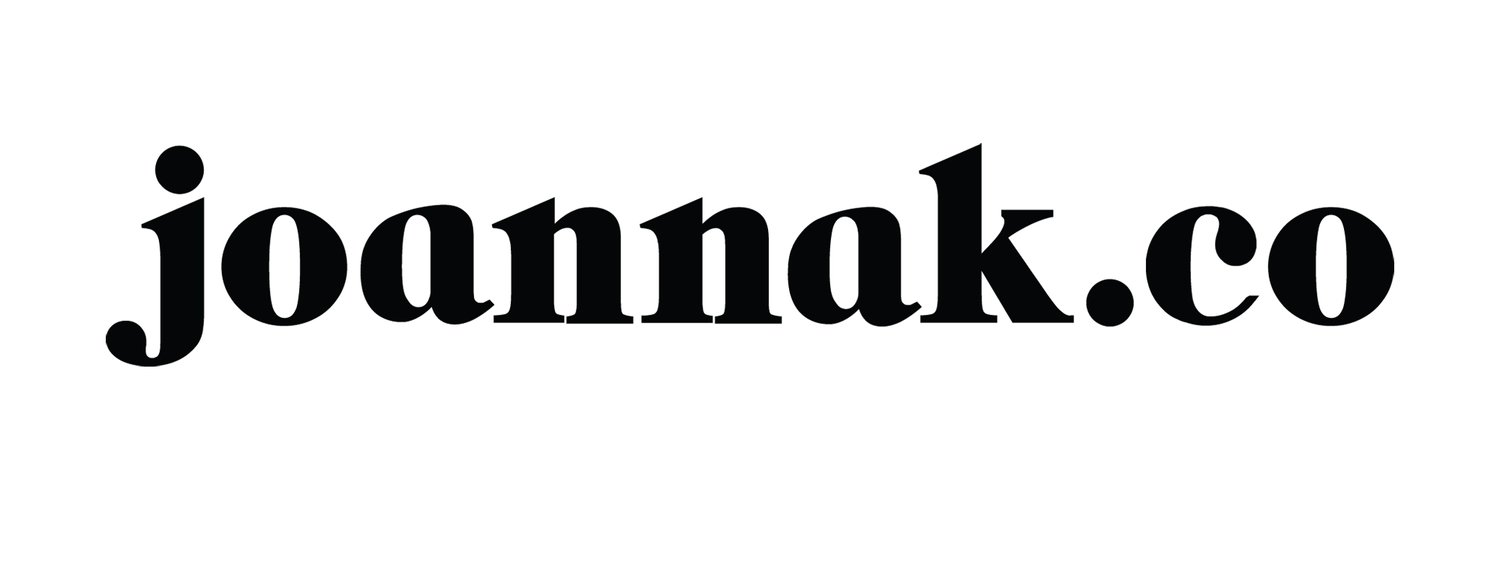Logo Insights: Separating Fact from Fiction
When working on the “Is it just a logo, right?” article, I found myself pondering about other myths and misconceptions about logos that still circulate in the world unchallenged. So, if you don’t mind, I will tackle a few of them.
From my logo sketchbook
Logo is Branding
Nope. The logo is “just” a star in the vast constellation of elements called branding, a part of a system known as visual identity. Many people place enormous pressure on the logo as if commissioning that one graphic will unlock all the magical powers of fully developed branding. A good logo adds professionalism and gravitas to your venture, but without a strategy, clear goals, and consistency between promise and delivery, followed by integrity and grit, the logo remains a perfectly designed but vacuous graphic.
The logo must convey a brand message or tell a story
That responsibility lies with the brand as a whole, not the logo. The logo must employ elements that feel natural, authentic, and harmonious with the brand. It should not appear forced or disconnected. In simple terms, it must be organic – you wouldn’t put flowers in a logo for a locksmith just because they like late summer blooms. However, if the locksmith shop is run by two sisters called Rose and Daisy, you might want to consider adding a petal or two.
I am starting a business, so let’s get a logo
When the brand creation process begins, the visual identity is typically scheduled near the end. The branding process is crucial as it produces a wealth of information. It helps find the perfect audience, clarify business goals, identify the unique value of offerings, establish a growth strategy, and choose the right tone of voice for marketing and PR.
This is why a good designer will ask you plenty of questions about the brand, its inception, the product or service, the concept for the future, and, most importantly, to whom you are talking. Anything related to the visual side of your brand needs to stem from a deep understanding of your people and your brand.
If the commission costs too much, should I get a premade logo?
If you can turn a premade graphic into a logo that will work to your brand’s advantage and make you stand out (even though anyone with access to the internet can purchase it), I say chapeau bas! Go for it! If you must launch on a very tight budget and short timeline, it will work like a charm, but only if you make an informed choice. So, before you make the purchase or even browse what is available, read this article to learn how to make it.
Generally speaking, the premade logo should serve as a short-term solution to buy some time before you can commission the visual identity. As your business grows and starts to garner more attention, your need to take it to the next level will grow as well. Let’s not forget that looking your best from day one sets the tone for how you are perceived by your audience, and we all know how important first impressions are.
The tailored-made visual suite that usually comes with the logo will help with the creation of any material for any medium you decide to utilize in your marketing quest.
How about we let our followers choose our logo?
From time to time, you'll notice that some brands post polls asking the public to choose their logo mark. The idea is that if the public selects a mark they resonate with, they'll become more engaged. After all, if it's created with them in mind, why not give them the chance to voice their opinions?
However, this can be a massive mistake. So, before you embark on a mission to present your audience with a choice, let me explain with an example why this might come back and leave a nasty bite mark.
A few years back, the Natural Environment Research Council, a prestigious scientific institution, I might add, decided to ask the internet to name their new polar research vessel. The internet, in all its chaotic, creative glory, responded with a name that most definitely made some waves (yes, that was a pun). R.R.S. Boaty McBoatface received almost 130k votes. A research ship worth something in the area of £200m might now have "Boaty McBoatface" boldly presented on its side.
By conducting a poll and inviting opinions from individuals whose only connection to your brand may be through your product/service or occasional social media interactions, you're effectively relinquishing your authority as a brand and removing your responsibility to make decisions.
The real question then becomes, why are you stepping back? Is the process taking the wrong turn? Are you unsure of what's happening and why things aren't where they should be with the brand identity? Perhaps there's no single decision-maker in the team, and you might think that going the public route is the only option to conclude the process.
Whatever it might be, I suggest going back to your team to retrace the process, refocus on the discovery findings, and create a clear plan of action. Maybe change the designer. Perhaps designate a team leader who has the final say.
If you feel the need for input from a wider audience, structure the questions in a way that provides you with actionable data. For example, present them with three colours and ask which, in their opinion, represents freshness.


